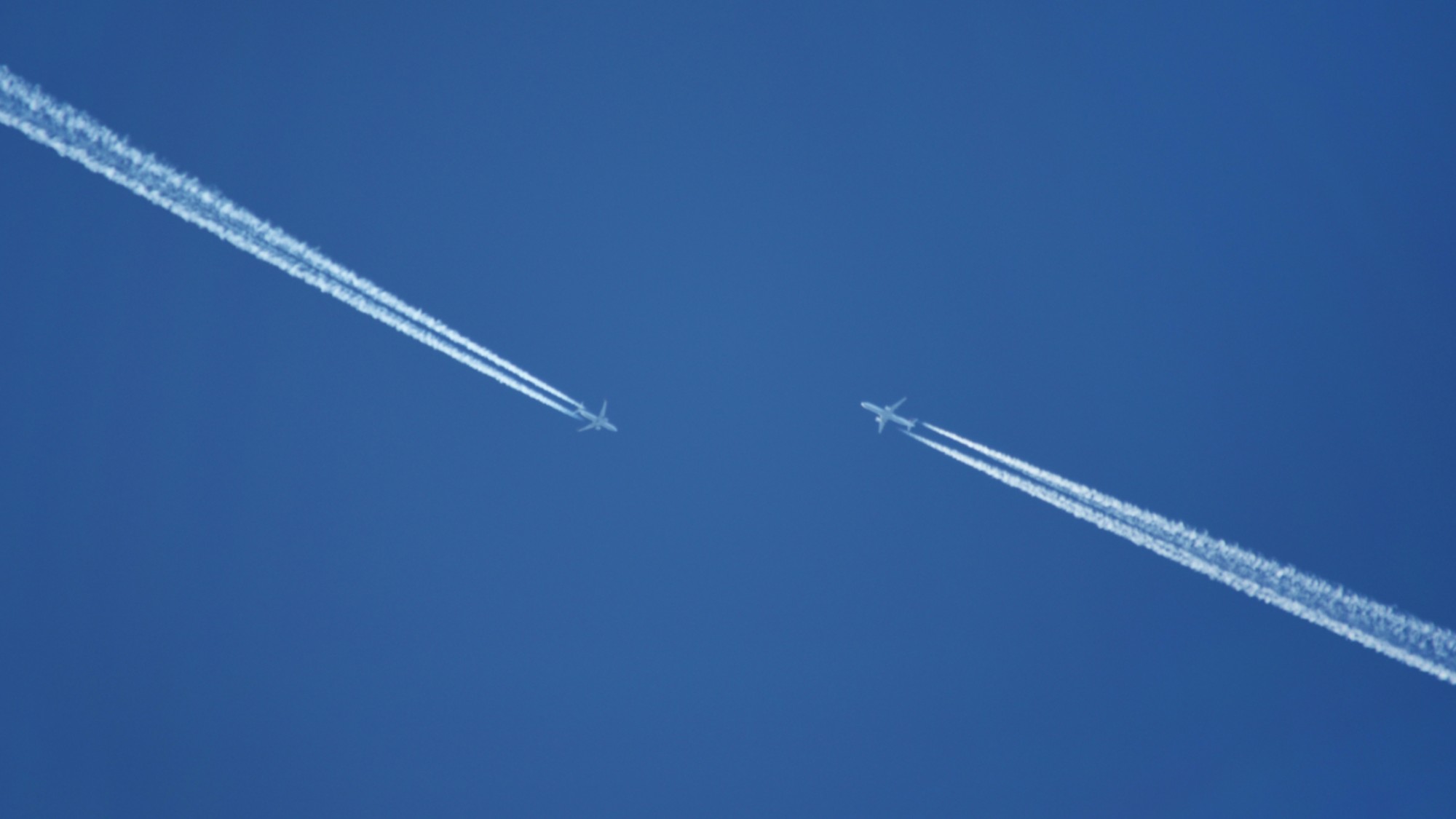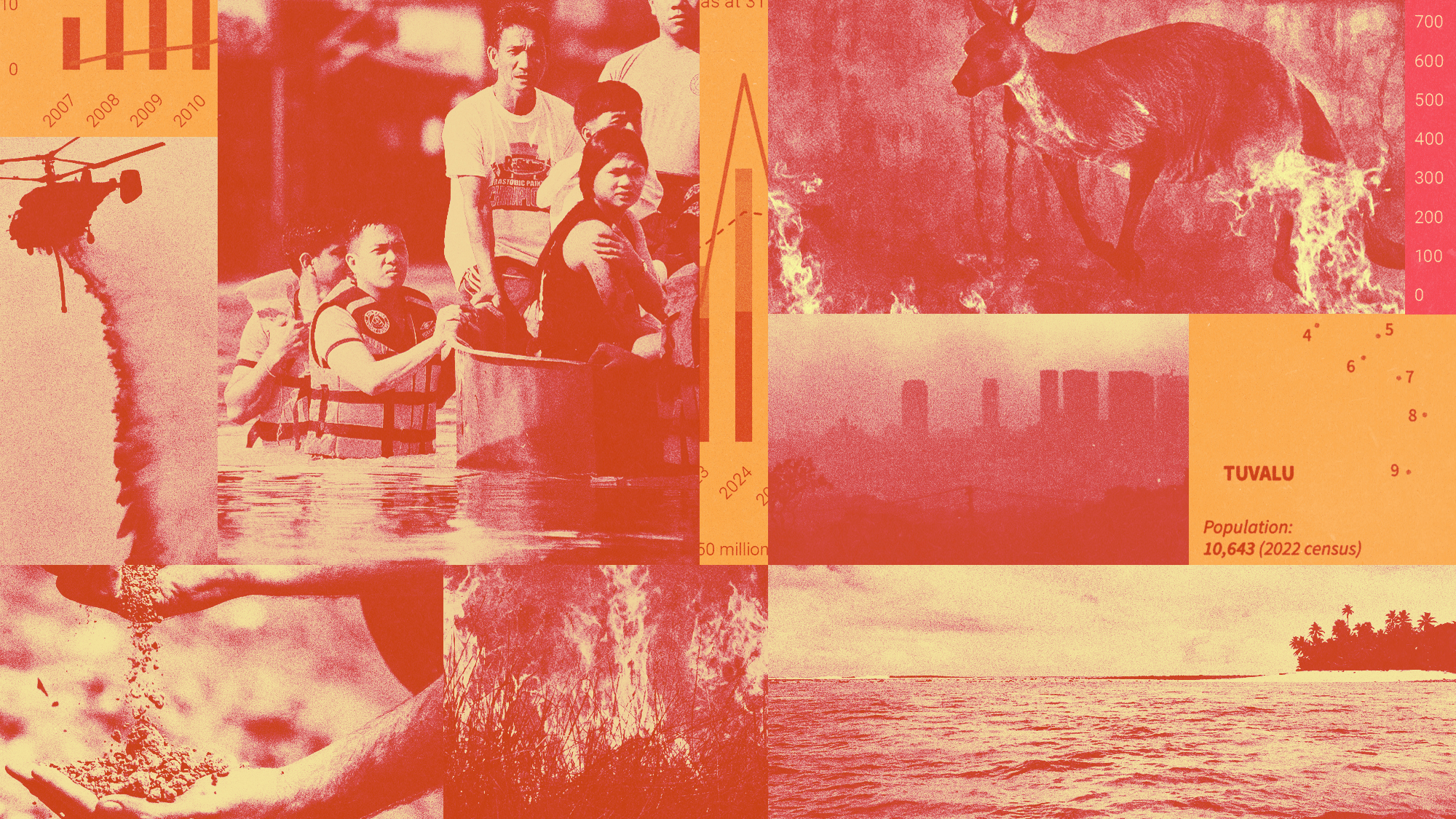3 Western states agree to cut Colorado River use in breakthrough water pact

California, Arizona and Nevada announced an agreement on Monday to cut their use of the Colorado River by another 14% in exchange for $1.2 billion in federal grants. The landmark agreement, which lasts through 2026, would avert mandatory cuts set by the federal government to keep the crucial Colorado River basin from collapsing in the face of chronic overuse and a long drought exacerbated by climate change.
The 1,450-mile-long Colorado River provides drinking water to 40 million people in seven U.S. states, part of Mexico, and several Native American tribes. It also irrigates 5.5 million acres of productive farmland.
The Interior Department needs to sign off on the pact before it takes effect. Camille Calimlim Touton, commissioner of the Interior Department's Bureau of Reclamation, called the agreement "an important step forward toward our shared goal of forging a sustainable path for the basin that millions of people call home."
The Week
Escape your echo chamber. Get the facts behind the news, plus analysis from multiple perspectives.

Sign up for The Week's Free Newsletters
From our morning news briefing to a weekly Good News Newsletter, get the best of The Week delivered directly to your inbox.
From our morning news briefing to a weekly Good News Newsletter, get the best of The Week delivered directly to your inbox.
The three states agreed to reduce their Colorado River consumption by 700,000 acre-feet over the next three years, while local water districts, farm operators, cities, and Native American tribes would cut their usage by 2.3 million acre-feet. An acre-foot is the amount of water used by two to three households in a typical year.
The voluntary cuts are about half of what the federal government said were needed last year, but an exceptionally wet winter and unusually bountiful snow pack gave the seven states that use the Colorado River a reprieve. The two dammed reservoirs on the river, Lake Mead and Lake Powell, have risen 7 feet and 26 feet, respectively, since April, after falling to crisis levels in 2022. Lake Mead is now 30% full and Lake Powell 27%.
Arizona, California and Nevada draw their Colorado River allotments from Lake Mead while four Upper Basin states — Colorado, New Mexico, Utah, and Wyoming — use water directly from the river and its tributaries. All seven basin states still have to reach a longer-term arrangement for use of the dwindling Colorado River after 2026. Monday's agreement is "a great start," Jack Schmidt, director of the Utah State University's Center for Colorado River Studies, tells the Los Angeles Times. "It's about 25% of where we ultimately need to get."
A free daily email with the biggest news stories of the day – and the best features from TheWeek.com
Peter has worked as a news and culture writer and editor at The Week since the site's launch in 2008. He covers politics, world affairs, religion and cultural currents. His journalism career began as a copy editor at a financial newswire and has included editorial positions at The New York Times Magazine, Facts on File, and Oregon State University.
-
 How to financially prepare for divorce
How to financially prepare for divorceThe Explainer Facing ‘irreconcilable differences’ does not have to be financially devastating
-
 Why it’s important to shop around for a mortgage and what to look for
Why it’s important to shop around for a mortgage and what to look forThe Explainer You can save big by comparing different mortgage offers
-
 4 ways to save on rising health care costs
4 ways to save on rising health care costsThe Explainer Health care expenses are part of an overall increase in the cost of living for Americans
-
 Environment breakthroughs of 2025
Environment breakthroughs of 2025In Depth Progress was made this year on carbon dioxide tracking, food waste upcycling, sodium batteries, microplastic monitoring and green concrete
-
 Crest falling: Mount Rainier and 4 other mountains are losing height
Crest falling: Mount Rainier and 4 other mountains are losing heightUnder the radar Its peak elevation is approximately 20 feet lower than it once was
-
 Death toll from Southeast Asia storms tops 1,000
Death toll from Southeast Asia storms tops 1,000speed read Catastrophic floods and landslides have struck Sri Lanka, Indonesia, Thailand and Malaysia
-
 Can for-profit geoengineering put a pause on climate change?
Can for-profit geoengineering put a pause on climate change?In the Spotlight Stardust Solutions wants to dim the sun. Scientists are worried.
-
 How will climate change affect the UK?
How will climate change affect the UK?The Explainer Met Office projections show the UK getting substantially warmer and wetter – with more extreme weather events
-
 Can the UK do more on climate change?
Can the UK do more on climate change?Today's Big Question Labour has shown leadership in the face of fraying international consensus, but must show the public their green mission is ‘a net benefit, not a net cost’
-
 Did Cop30 fulfil its promise to Indigenous Brazilians?
Did Cop30 fulfil its promise to Indigenous Brazilians?Today’s Big Question Brazilian president approves 10 new protected territories, following ‘unprecedented’ Indigenous presence at conference, both as delegates and protesters
-
 Can the world adapt to climate change?
Can the world adapt to climate change?Today's Big Question As the world gets hotter, COP30 leaders consider resilience efforts
